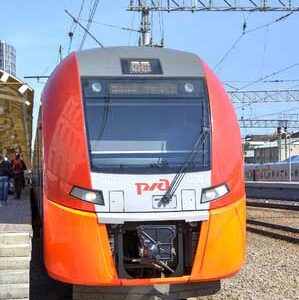In 2014 South West trains introduced electrical multiple units (EMUS) on some routes from London Waterloo. This along with projects to lengthen platforms and trains on other services is just small part of an £800 million investment to improve rail services on the network. In 2015 South West trains ordered a number of Siemens class 707 EMUs for use on the Windsor to London Waterloo commuter service and the first body shell for the 707s was completed in October 2015 at the Siemen’s factory in Germany.
Last month testing of the 707s began in earnest at the Siemen’s dedicated test track in Widenrath, Germany. The state of the art testing site has been designed to test UK fleets to Network Rail standards and should keep disruption to UK train services to a minimum during the testing phase.











Recent Comments